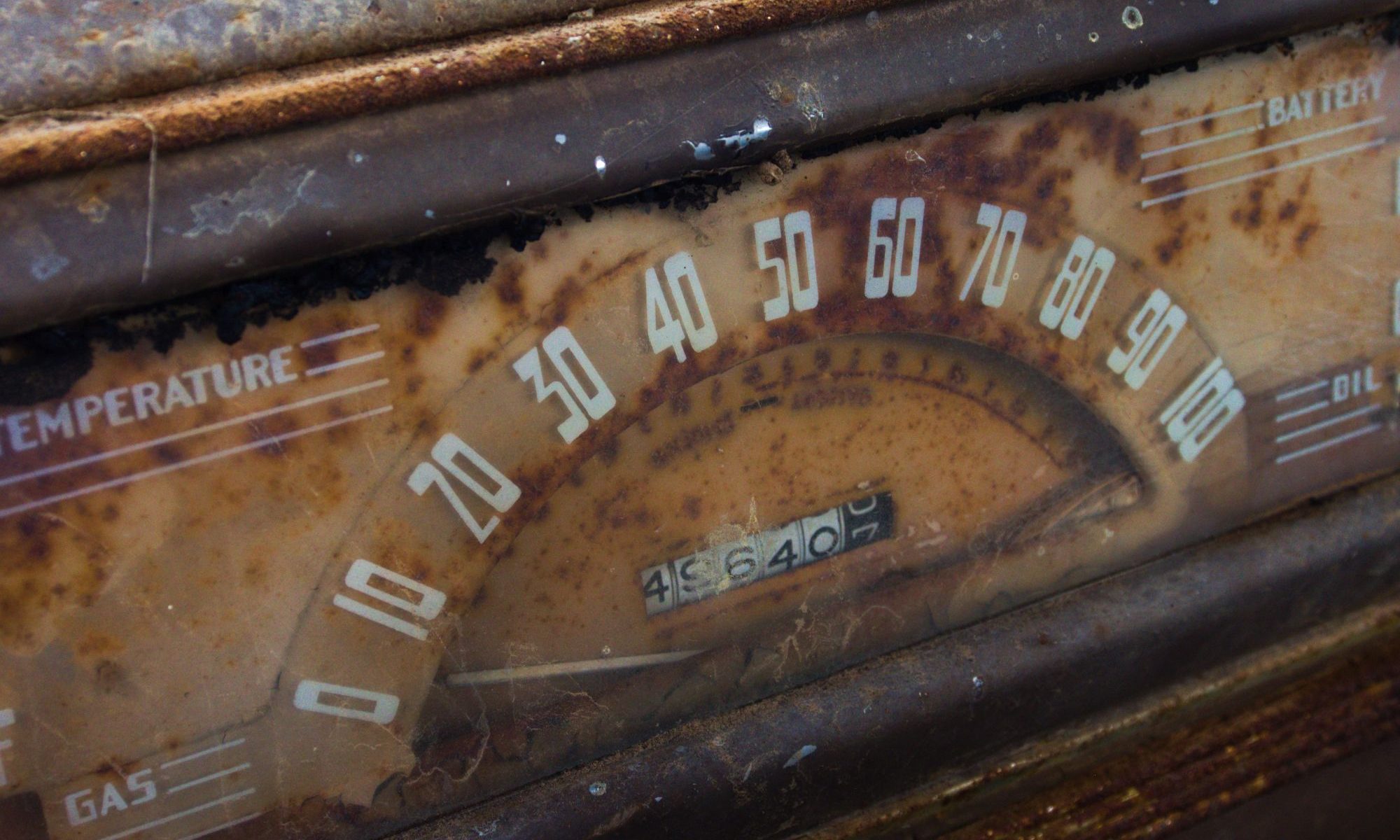I was looking to buy a set of math sticks which are used in a prediction effect (or a super computation effect.) Diamond Jim sells a wooden set for about $15.00. Stevens Magic has a set for $18. Being of Scot blood, I didn’t want to spend that much on a set of four wooden sticks.
Continue reading “Home made math sticks”Doubly Ambitious
This is a two card ambitious like routine that is very difficult to do. It is based off a two card transposition that I do.
Phase one: Ideally start with contrasting cards second and third from the top of the deck. For this explanation I´ll use the Two of Diamonds and the king of spades, with the two second from the top.
Continue reading “Doubly Ambitious”CATO
This is a simple four ace trick that is self working using the CATO principal (Cut and Turn Over). I present it as a lesson in fate, that your choices in life don’t always matter.
Start with four Aces on the table, face up. Add three face down cards on top of each Ace.
Continue reading “CATO”Jumping Jacks
This is basically an elevator trick with four jacks, although you could use Aces but then the name wouldn’t make sense.
Display the four Jacks face up on top of the face down deck. Use the Braue add on technique to switch out two of the Jacks for two indifferent cards, as you flip the Jacks face down onto the top of the deck. The order of cards from the top down is Jack, indifferent card, indifferent card, Jack.
Continue reading “Jumping Jacks”Mathematical Card Tricks
I like a good mathematical card trick. While they usually involve too much dealing of cards, they still can be entertaining, or at least puzzling. I have a friend who is a retired mathematician who taught a Rutgers University and these are a few that I liked showing him.
Continue reading “Mathematical Card Tricks”Always Cut the Cards
I love the material of Larry Jennings. The first effect in “The Classic Magic of Larry Jennings” is the effect “Always Cut the Cards”, where the aces are lost in the deck by cutting, and then magically assemble back on top of the deck. In the book this is accomplished with a crimped card on the bottom of the deck and using Marlo’s Unit Upjog Addition.
Continue reading “Always Cut the Cards”Oil and Water
Effect:
This is a classic oil and water effect, where four red cards and four black cards are interlaced, then shaken and shown to show that they have separated back to four red and four black. This is repeated three or four times. The for a climax, the shuffled deck is picked up and shaken. Then it is spread to show that all of the cards have separated into red and black. There are many methods published, I don’t remember where I found these, but you can find a list at the conjuring archive1.
Bluff Shift, bluff center
Effect:
Four aces are displayed on top of the deck. They are turned face down and inserted (and left protruding) in the front of the deck in different locations. The deck is turned face up to display the aces, then turned face down and the aces are pushed flush into the deck. The deck is then cut and shuffled once. The four aces are back on top of the deck. An alternative is a faux demonstration of a center deal.
Continue reading “Bluff Shift, bluff center”Christ Aces
This was one of the first four ace tricks I learned. It is easy to do and is a little different from the “Let’s cut the aces” routines.
Continue reading “Christ Aces”PM Principle
I like doing sleight of hand, but I also enjoy self working tricks. I recently came across a small pamphlet on the PM Principle, which uses two key cards to locate a chosen card (The PM Principle by Michael Powers, 1990). Most key card tricks can be pretty obvious unless the placement of the key card is done well. But in this principle the placement of the key cards is totally invisible to the spectator creating an impossible location.
Continue reading “PM Principle”